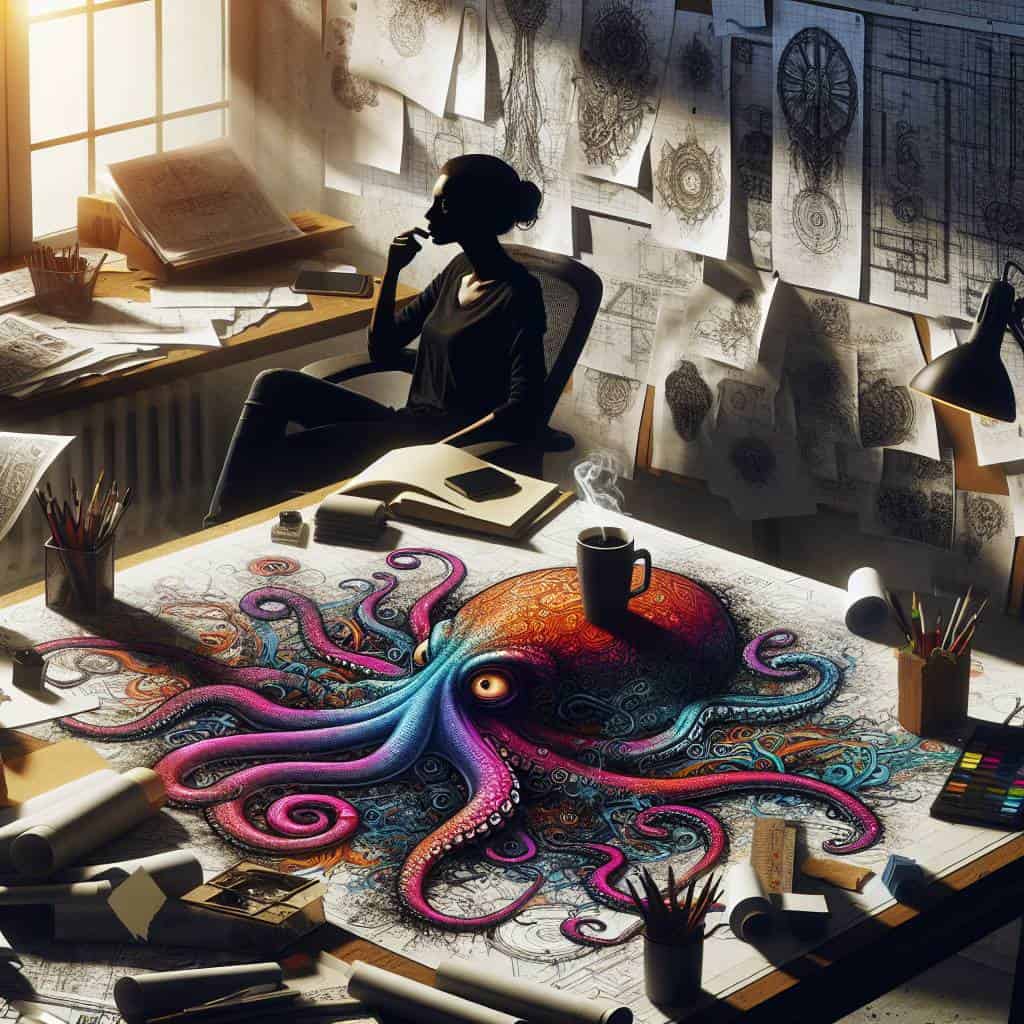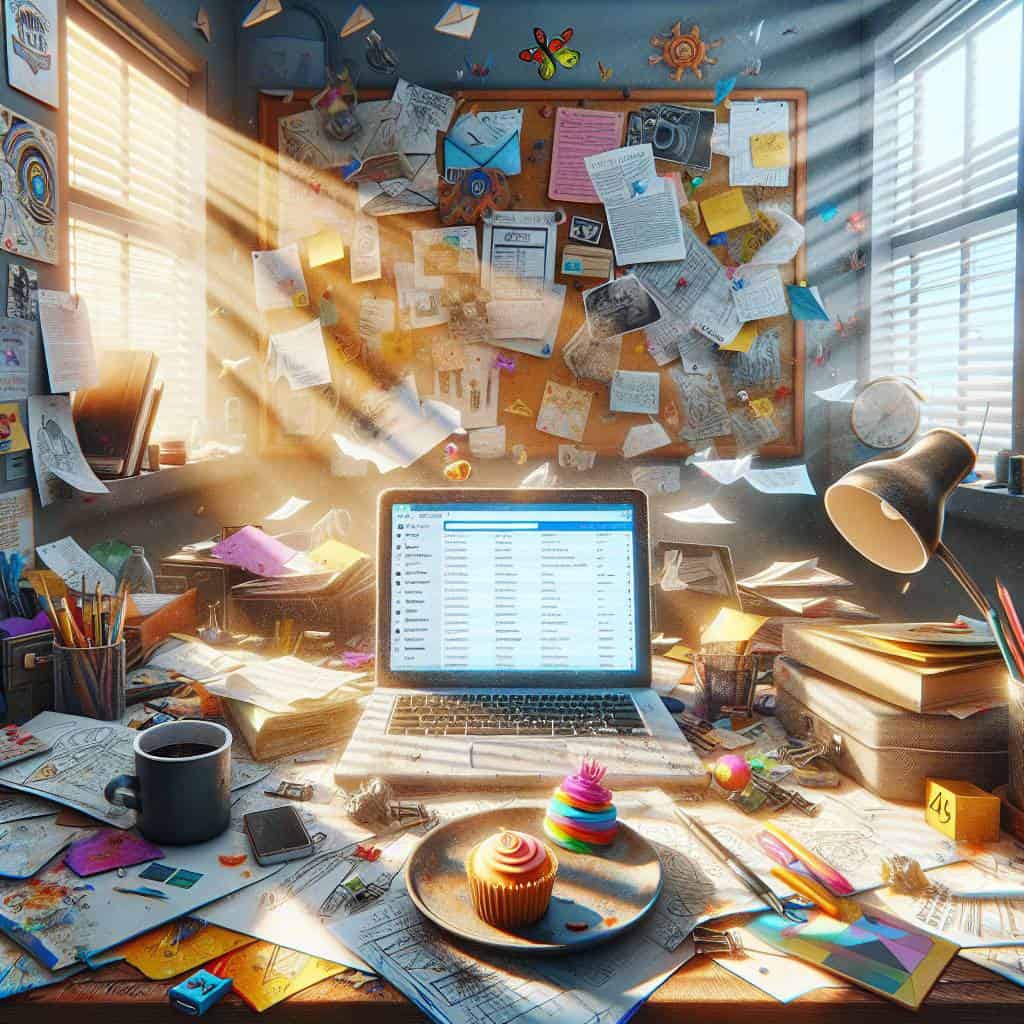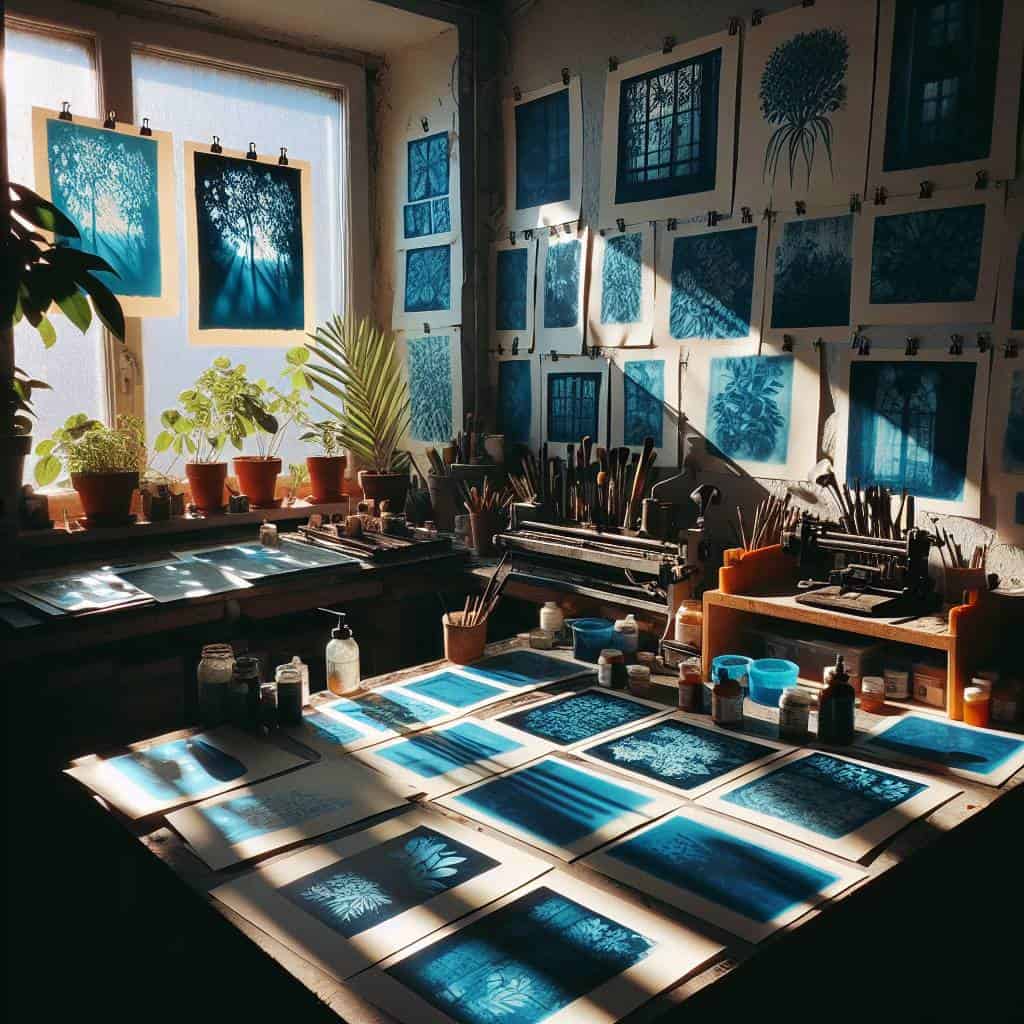Last Tuesday, as I stared at my screen, the blinking cursor mocked me. It’s not that I didn’t know what to write—I had the brief, the target audience, even the buzzwords. But there’s something about the clinical dissection of “copywriting” that makes me want to hurl my keyboard out the window. You see, copywriting isn’t just about slapping together words until they form a coherent sentence. No, it’s the art of manipulating language to whisper in the ears of unsuspecting souls, convincing them that their life is incomplete without a product they’ve never heard of. It’s a craft where you oscillate between feeling like a genius and a charlatan, often in the same breath.

But fear not, dear reader, because in this article, I promise to unravel the tangled web of what copywriting truly is. We’ll slice through the layers of persuasive writing, advertising sorcery, and the alchemy of crafting headlines that demand attention. By the end, you’ll understand why a well-placed call to action can make all the difference between a wandering eye and a committed customer. So, grab your metaphorical magnifying glass, and let’s dive into the world of words that sell, deceive, and delight.
Table of Contents
How I Accidentally Became a Word Wizard for Hire
There I was, knee-deep in a sea of vectors and color palettes, when fate had other plans for me. It started innocently enough—helping a friend jazz up their website with some snazzy graphics. But as I tinkered away, I couldn’t help but notice the words. Or lack thereof. The text was as lifeless as a Monday morning commute. So, I took a stab at it. A few cleverly crafted headlines here, a sprinkle of persuasive prose there, and voila! The site transformed from a digital yawn into a vibrant call to action. My friend was thrilled, and more importantly, so were his clients.
Word got around, as it tends to do in the digital jungle. Suddenly, I was no longer just Henry the graphic designer. I was Henry, the guy who could turn your mundane marketing drivel into engaging, compelling copy that actually spoke to people. I didn’t set out to become a word wizard for hire—heck, I didn’t even know what copywriting was at the time. But there I was, wielding my keyboard like a magic wand, crafting words that didn’t just sit on the page but danced. Words that whispered secrets and shouted promises, all with the simple aim of persuading and inspiring. It was like graphic design but with sentences, each one meticulously designed to stick, to spark a thought, to ignite a decision.
And let’s be honest, it’s not about slinging words for the sake of filling space. No, it’s a game of nuance and precision. It’s about understanding that just like a perfectly placed pixel, the right word can change everything. So here I am, crafting copy one headline at a time, blending art with wordsmithing, and turning the everyday into the extraordinary. All because I couldn’t ignore the siren call of words begging to be more than just text.
Words That Whisper and Shout
Copywriting is the craft of spinning words into magnets, each sentence a subtle seduction, drawing you in before you even realize you’ve taken the bait.
The Final Stroke on the Canvas
As I sit here, reflecting on my tangled journey through the labyrinth of copywriting, I realize that every twist and turn has been an exercise in persuasive alchemy. Crafting words that dance on the edge of intrigue and intent has been less about selling, more about storytelling. It’s not just about headlines that slap you awake or calls to action that nudge you over the line. It’s about the subtle art of connection, the gentle tug at the heartstrings that makes a stranger lean in just a little closer.
In the end, the magic of copywriting isn’t in the words themselves, but in the spaces between them—the pauses that let your imagination fill in the blanks. It’s about the silent agreement between writer and reader, an unspoken pact that says, ‘I see you.’ And maybe, just maybe, in this noisy world of instant gratification and endless scrolling, it’s those whispered promises of connection that keep us coming back for more. So here’s to the words that linger and the ideas that refuse to be boxed in. After all, isn’t that what we all crave—a little less noise, a little more substance?











